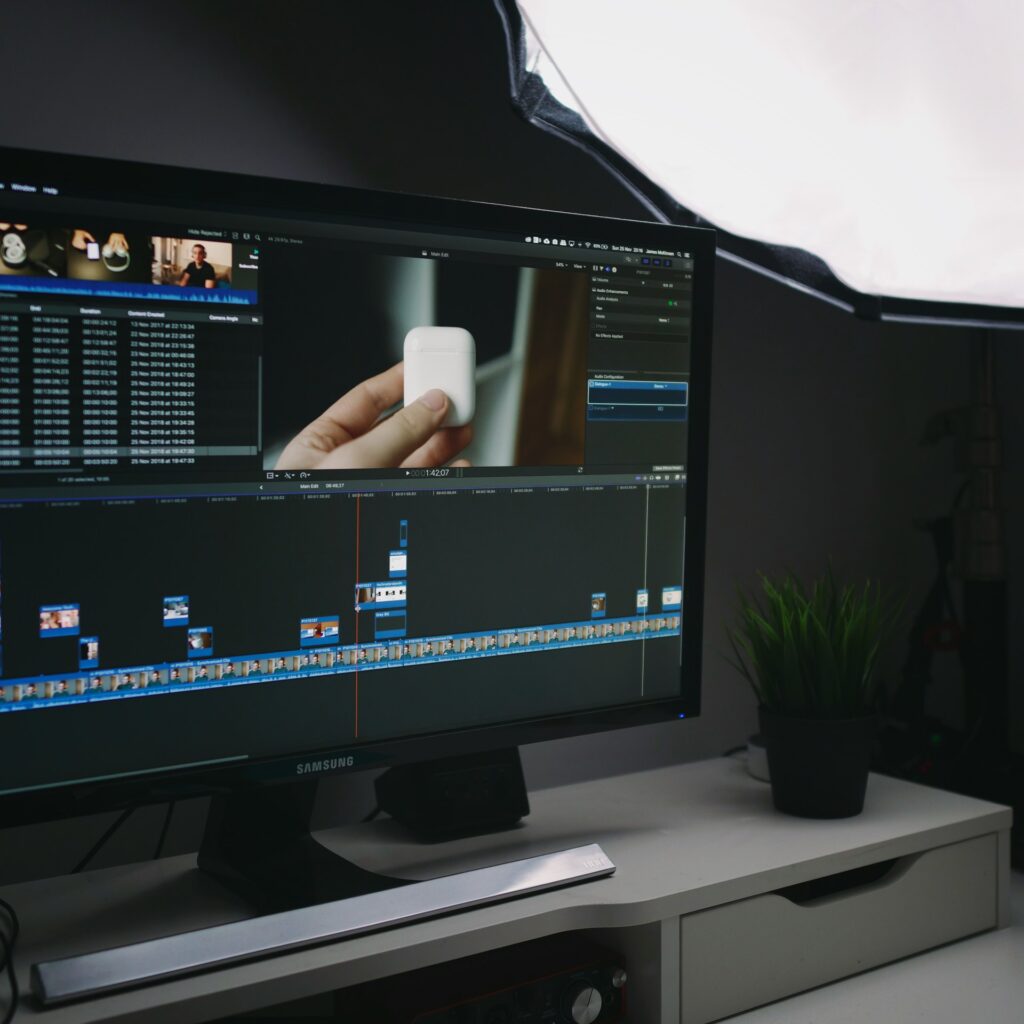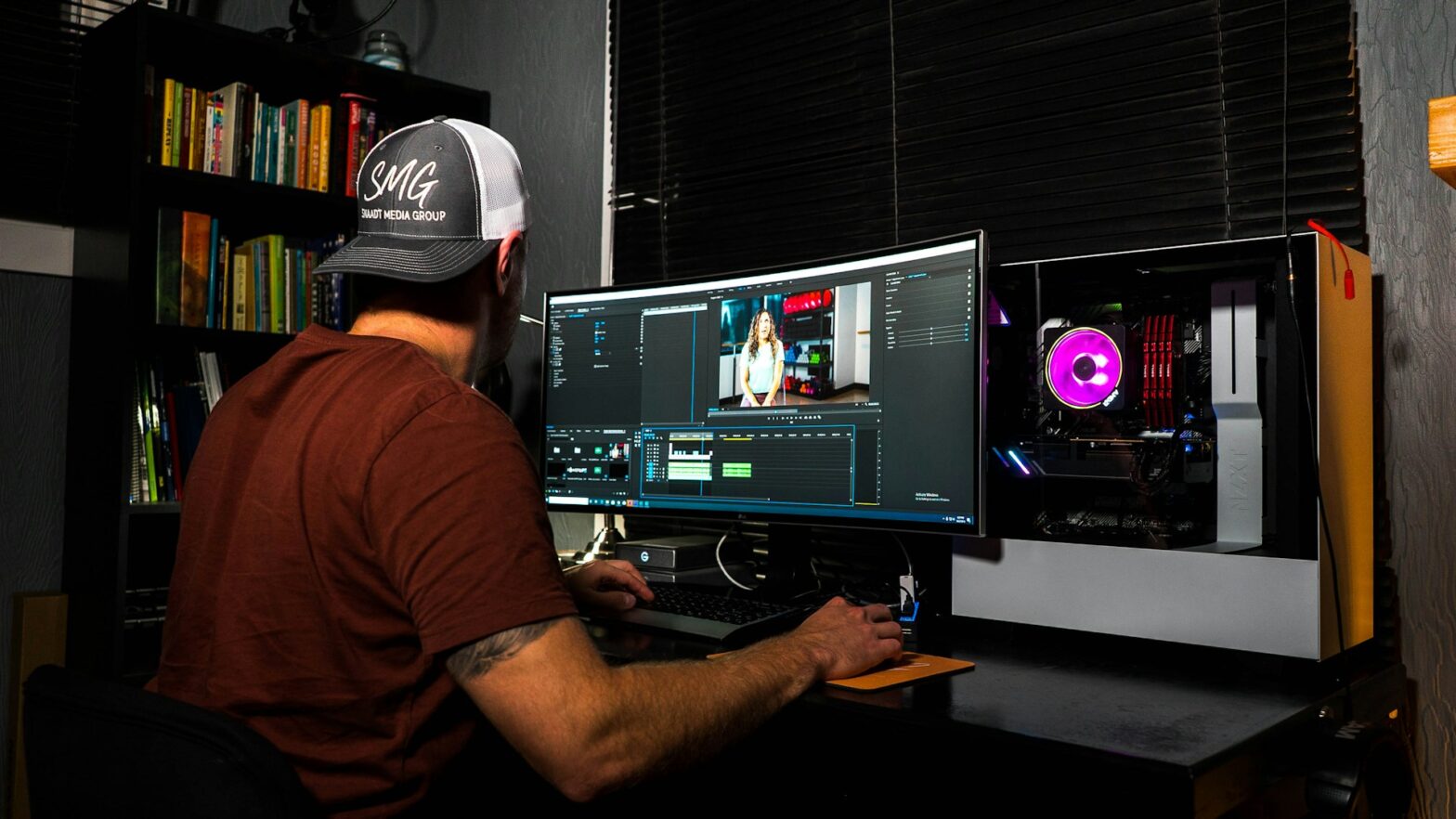Table of Contents
Creating content consistently is one of the biggest challenges for brands, creators, and marketers. But what if you could take just one well-made video and turn it into a full content calendar across multiple platforms?
That’s the magic of content repurposing.
Instead of constantly creating from scratch, repurposing allows you to extract more value, reach wider audiences, and maintain consistency with less burnout. Let’s see exactly how to transform one video into more than 10 unique, high-performing pieces of content.

Step 1: Choose the Right Video to Repurpose
Not every video is worth repurposing. Start with one that has valuable information, storytelling, or audience appeal. This could be:
- A behind-the-scenes clip
- A tutorial or how-to video
- A customer testimonial
- A product demo
- A founder’s message or industry insight
Ensure the video has clean visuals, clear audio, and is structured in a way that segments can stand alone. The more modular your video, the easier it is to slice and dice.

Step 2: Extract Short-Form Video Content (3–5 Pieces)
Start by cutting your main video into short video clips tailored for platforms like Instagram Reels, YouTube Shorts. Look for:
- A powerful quote
- A surprising stat
- A mini lesson or how-to
- An emotional or humorous moment
Each of these can become a standalone 15–60 second clip. Optimize dimensions (9:16 for vertical platforms) and add captions to boost accessibility and retention.
Pro tip: Use tools like CapCut, Descript, or Veed.io to make editing fast and platform-optimized.

Step 3: Create Graphic Quote Cards
From your video, pull out memorable quotes, stats, or soundbites and turn them into quote graphics. These perform well on LinkedIn, Instagram carousels, and Pinterest.
Make the design on-brand and legible. You can create 3-4 quote cards from one video, especially if it’s packed with insight.
Step 4: Turn the Video Into a Blog Post
Transcribe the video and organize it into a written blog article. Editing for clarity and adding subheadings, images, or bullet points helps it read better.
Example:
- A 5-minute video about “3 Mistakes to Avoid in Social Media Marketing” becomes a blog titled “Avoid These 3 Common Social Media Mistakes in 2025.”
Not only does this boost SEO, but it also helps you cater to users who prefer reading over watching.

Step 5: Craft a Social Media Thread or Carousel
Break the video’s key points into a Twitter/X thread or a LinkedIn carousel. This format is perfect for storytelling, education, or tips.
Example:
From a video on productivity hacks, you can create a carousel:
- Slide 1: “5 Productivity Hacks I Swear By”
- Slide 2–6: Individual tips with brief explanations
- Final slide: CTA or link to the full video/blog
Use Canva or Figma for design, or go text-only for Twitter threads.
Step 6: Record a Podcast Episode
If your video is conversational or includes insights, you can extract the audio and publish it as a podcast episode. Add a custom intro and outro, and you’ve got a new piece of content with minimal effort.
If you’re not running a podcast yet, use the audio for:
- LinkedIn voice posts
- Instagram Story narration
- Background audio for a new video
Step 7: Design an Infographic or Slide Deck
Distill your video’s content into an infographic or slide deck for visual learners. This is especially effective if your video is:
These formats are highly shareable and great for platforms like Pinterest, LinkedIn, and SlideShare.
- Step-by-step
- Data-driven
- Instructional
Step 8: Send an Email Newsletter
Write a short newsletter summarizing the video’s highlights and include a link to the full video or blog. Your email subscribers may have missed the video on social media, but they’re more likely to engage through inbox updates.
Structure:
- Subject: Quick tip or question from your video
- Body: Key insight + teaser
- CTA: “Watch the full video here”

Step 9: Turn the Content Into a Lead Magnet
If your video offers educational value, turn its contents into a downloadable checklist, guide, or worksheet.
Example:
- Video: “How to Launch Your First Online Course”
- Lead magnet: “Free 5-Step Online Course Launch Checklist (PDF)”
This builds your email list and gives the video evergreen utility.

Step 10: Create a Repurposed Paid Ad
Use a high-impact clip from your video as a short teaser or ad. These bite-sized visuals work well on Meta Ads, YouTube pre-roll Ads.
Just make sure to:
- Add a hook in the first 3 seconds
- Keep it under 15 seconds
- Include a CTA like “Watch the full story” or “Learn more”
Bonus: Reshare with Contextual Tweaks
Don’t just post once and forget. You can repost the same video clip weeks later with:
- A new caption
- A different platform
- A trending hashtag or topical intro
Audiences often need to see content multiple times before they engage. Reposting with slight variations keeps your content alive and visible.
Helpful Tools for Repurposing
Here are a few tools that simplify the repurposing process:
| Tool | Use Case |
| Descript | Transcribe and edit video/audio content |
| Canva | Create graphics, carousels, and infographics |
| CapCut | Edit short-form video clips for social |
| Hypefury | Auto-schedule and repurpose tweets/posts |
| Repurpose.io | Automate distribution across platforms |
Final Thoughts
Repurposing one video into 10 or more pieces of content is not just efficient — it’s essential for brands and creators trying to scale their content marketing without scaling stress. It allows you to show up consistently, reach multiple audiences, and get the most out of every shoot.
The key is to think modular: break the video down into micro-moments, format it for different platforms, and distribute smartly. With the right systems and tools in place, one well-produced video can power your content engine for weeks.

